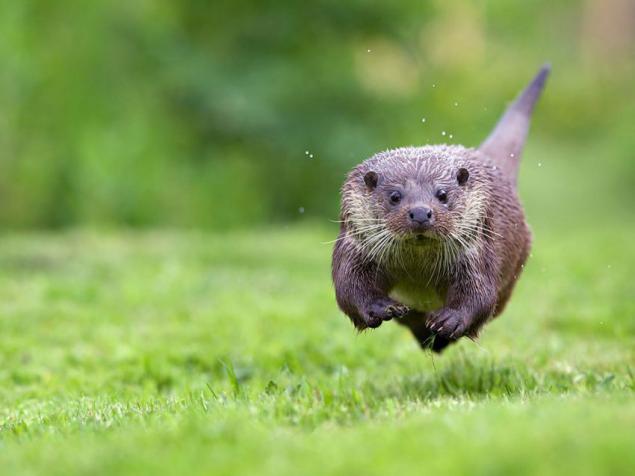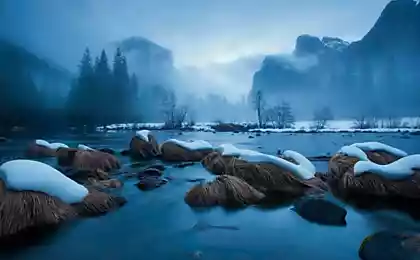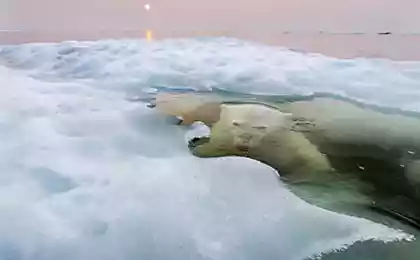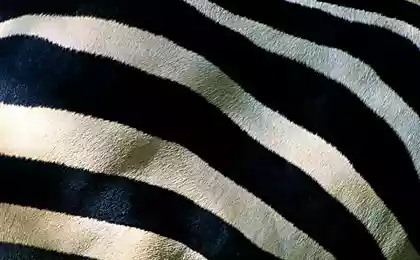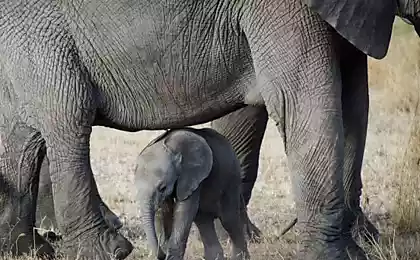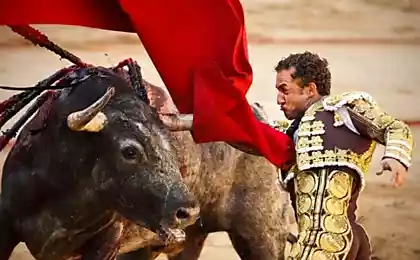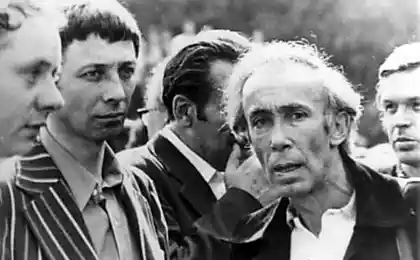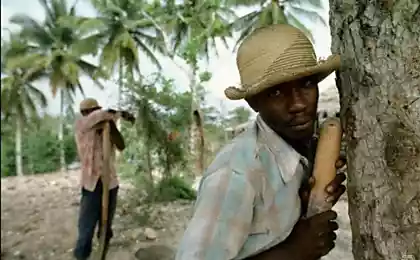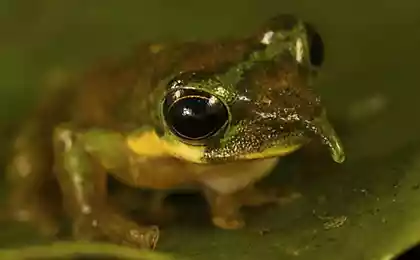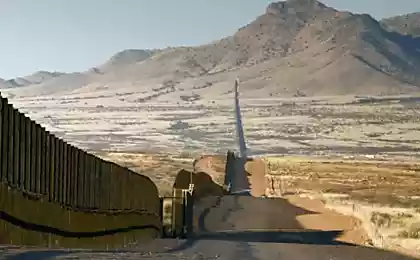1233
National Geographic: Top July
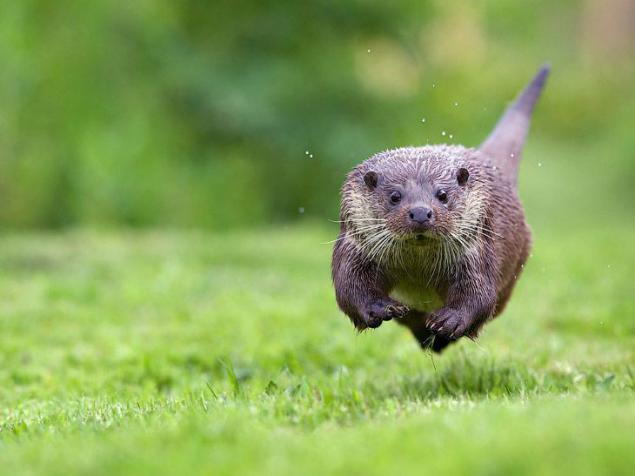
Grouper in the Florida Keys
Groupers - predators of the family stone perch. They feed on small sharks, fish, lobsters, rays, young sea turtles. This 25-inch "fry" can spend five years among mangroves, almost inaccessible to predators before dares to get to the reef. Survival of the species depends on the mangrove forests that are destroyed as development banks. (Photo by David Doubilet):
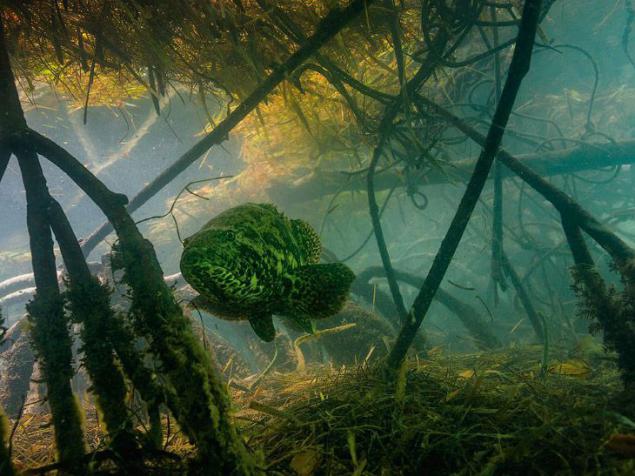
At the post
Marmot in Ladakh, India, the height of 4500 meters. (Photo by Sebastian Wahlhuetter):

Place in the Sun
Nektaritsa - passerine birds from. (Photo by Piotr Pabisiak):
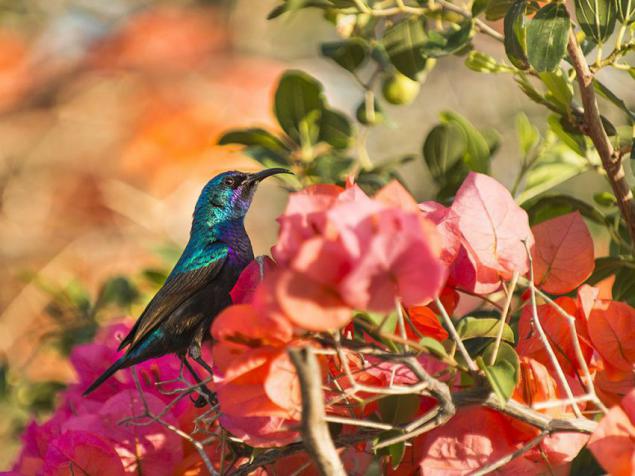
Puffins, Skomer Island
Deadlocks are popping open his wings and beaks, figuring out relationships. Most fights afoot in the struggle for possession of the burrow, but peck or two usually resolves the conflict. (Photo by Danny Green):
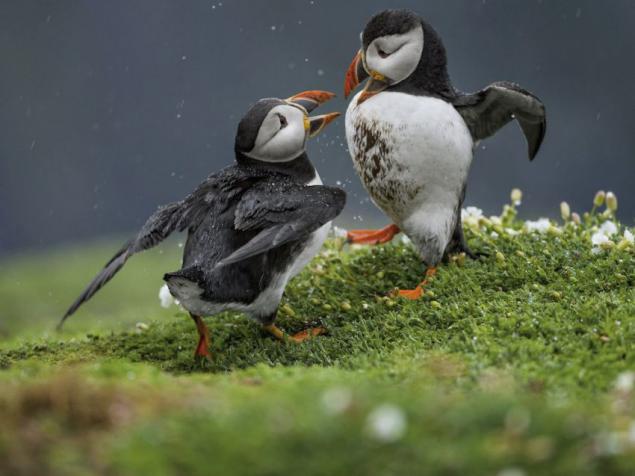
Golden Gate
Fog and Bridge Golden Gate Bridge in San Francisco. See also the "Golden Gate Bridge: 75th anniversary." (Photo by Michael Perry):

Foxes, Israel
For two months, Alex Geifman every day went to the Ben Shemen forest photographed a flock of foxes. One day, as he sat in the car, two fox began to climb the tree. Suddenly one of them stumbled. Geifman managed to take some pictures before the fox still flew head over heels down. (Photo by Alex Geifman):

Grey seal, Canada
Curious gray seal near the Gaspe Peninsula with his mouth open marvels a photographer Jennifer Hayes. Commercial fishermen and some scientists believe that it is hungry seals prevent recovery of cod. (Photo by Jennifer Hayes):

Herd of elephants
Okavango Delta, Botswana. (Photo by Ben Neale):
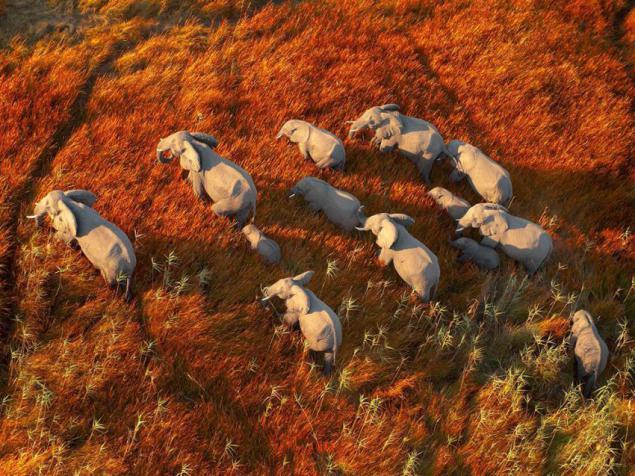
Waterfowl butterfly
Stingrays.
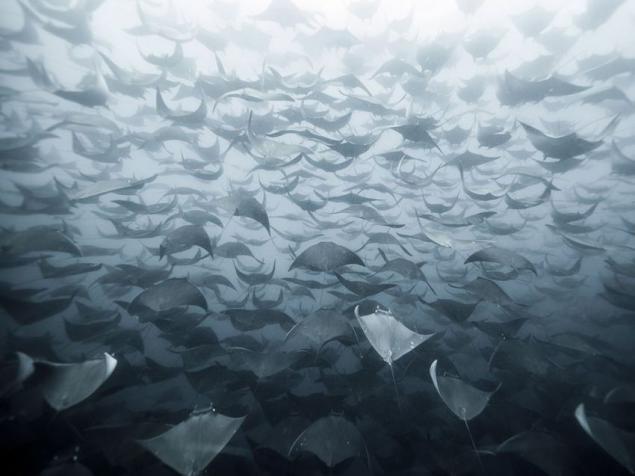
Foal
(Photo by Oscar Medina):
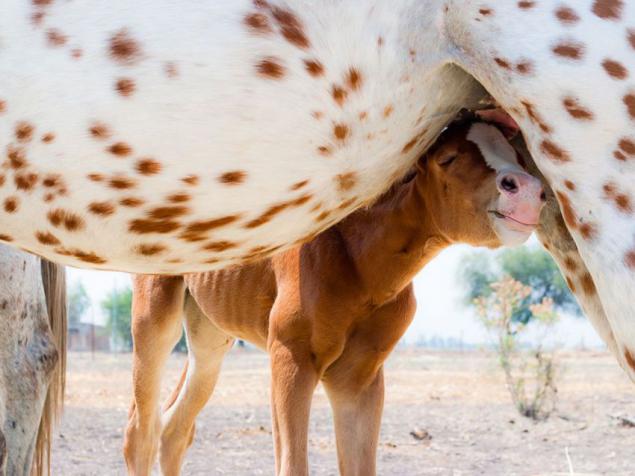
Confetti
A cloud of butterflies in eastern Bolivia. (Photo by Steffen Reichle):
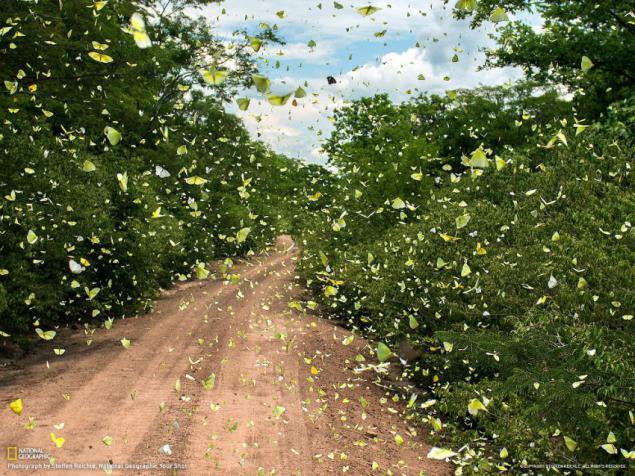
Emperor penguins
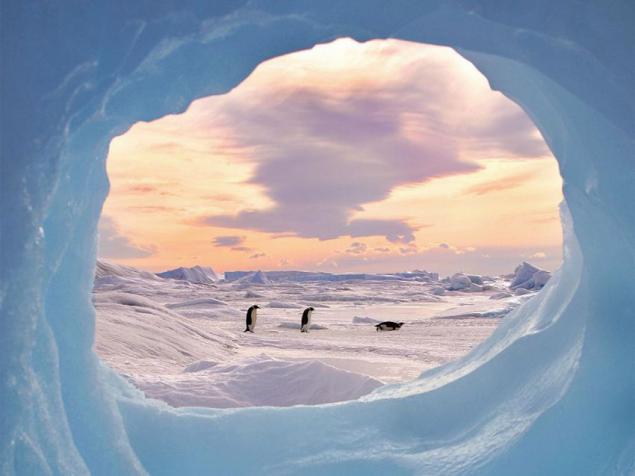
Kilauea Volcano, Hawaii
Kilauea (translated from Hawaiian - "belching") - the most active volcano of the island of Hawaii, which is continuously since 1983. It is also considered the most active volcanoes on Earth. See also "The eruption in Hawaii." (Photo by Andrew Hara):

Baby seals, Canada
Almost never leaves his ice floe Greenland seal begins to change their pelt in two weeks - around the time the mother should leave it. (Photo by David Dubile and Jennifer Hayes):

Tightrope walker, Brazil
Swift storm absorbs rock Pedra da Gávea, and it seems that Caio Afeto walking on clouds. A professional tightrope walker has appeared between two mountains, towering above Rio de Janeiro, when flown breeze enveloped the 850-meter summit of the fog. (Photo by China Ladzinski):

Milne Bay, Papua - New Guinea
In Milne Bay shoals of fishes scurrying around the coral rubble plastered shipyard. The warm waters of the sea in the region - the Coral Triangle - is a remarkable biological diversity. (Photo by Julian Cohen):

Brown bear, Kamchatka
Brown bear caught sockeye salmon stream throws an orange caviar in Kuril Lake. Every summer, about a million of these fish arrives from the Pacific Ocean to the Kamchatka Peninsula to spawn - a feast for the clumsy, fattens fat before hibernation. (Photo by Walter Bernardeshi):
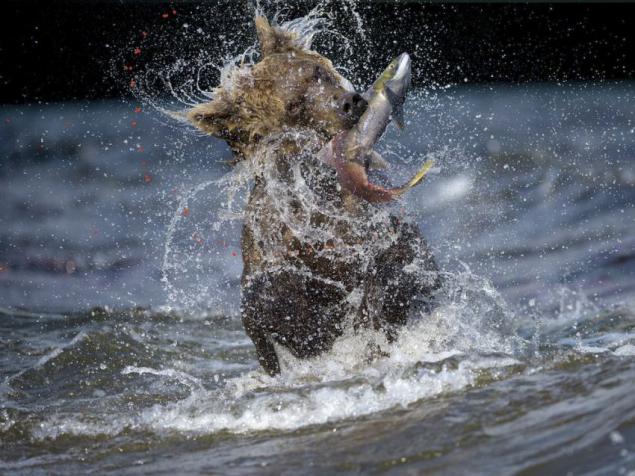
Europa, Jupiter's moon
Under excised cracked ice cover in Europe, which we see in this image taken by a spacecraft Galileo, hiding the ocean, which can be all the conditions necessary for life. (Photo Galileo / NASA / JP):

The giant grouper, Florida
Off the coast of Florida small fish giant grouper parts before sailing on ship wrecks from World War II. (Photo by David Dubile and Jennifer Hayes):

Atlantic Puffin, UK
Courting each other, they rub against dead ends and bob their beaks, as if kissing. This adult couple on Skomer Island in Wales demonstrates decoration mating season: corrugated orange beaks and bright rims around the eyes. (Photo by Danny Green):
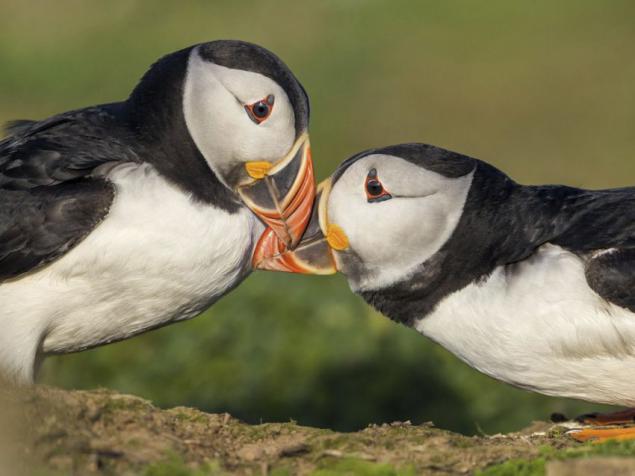
Otter in flight
Focused running otters. (Photo by Mark Bridger):
